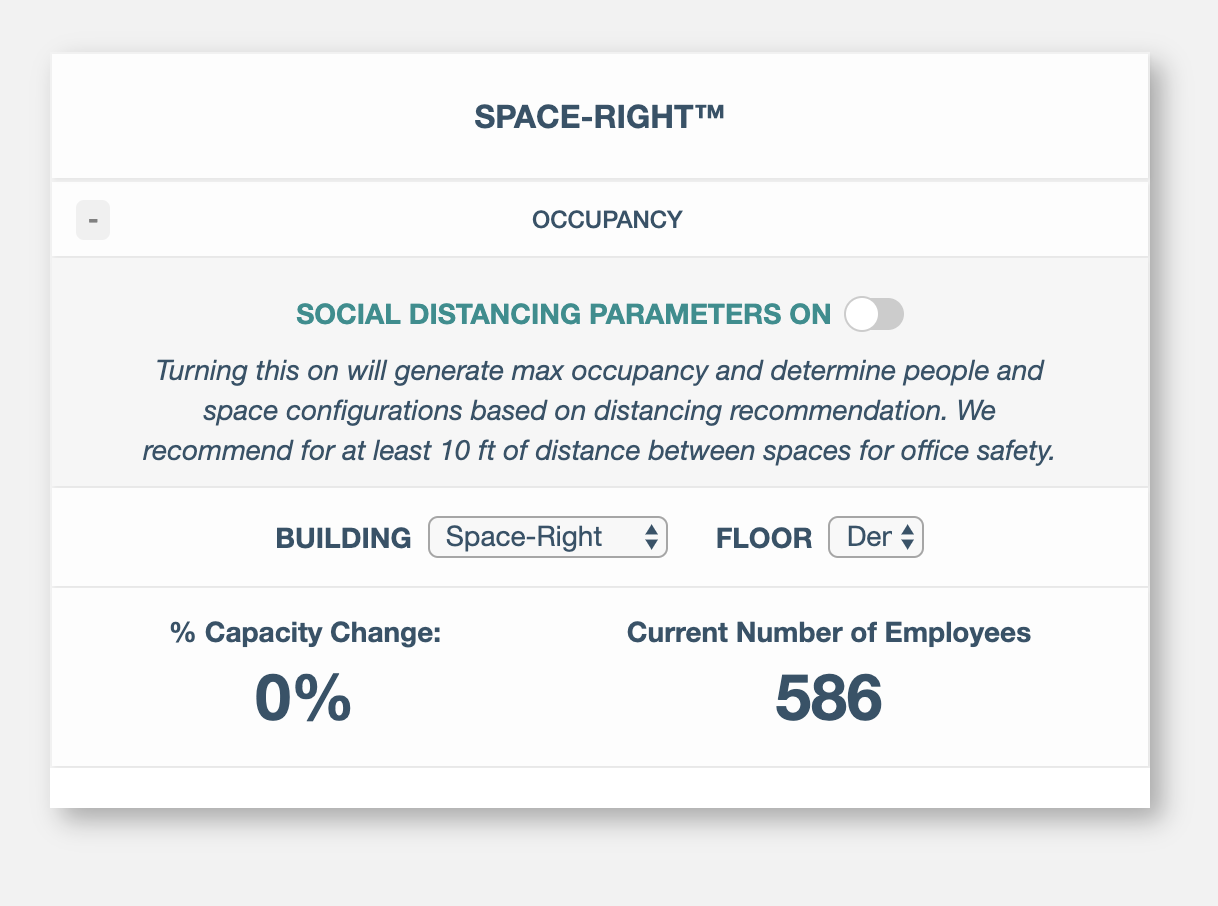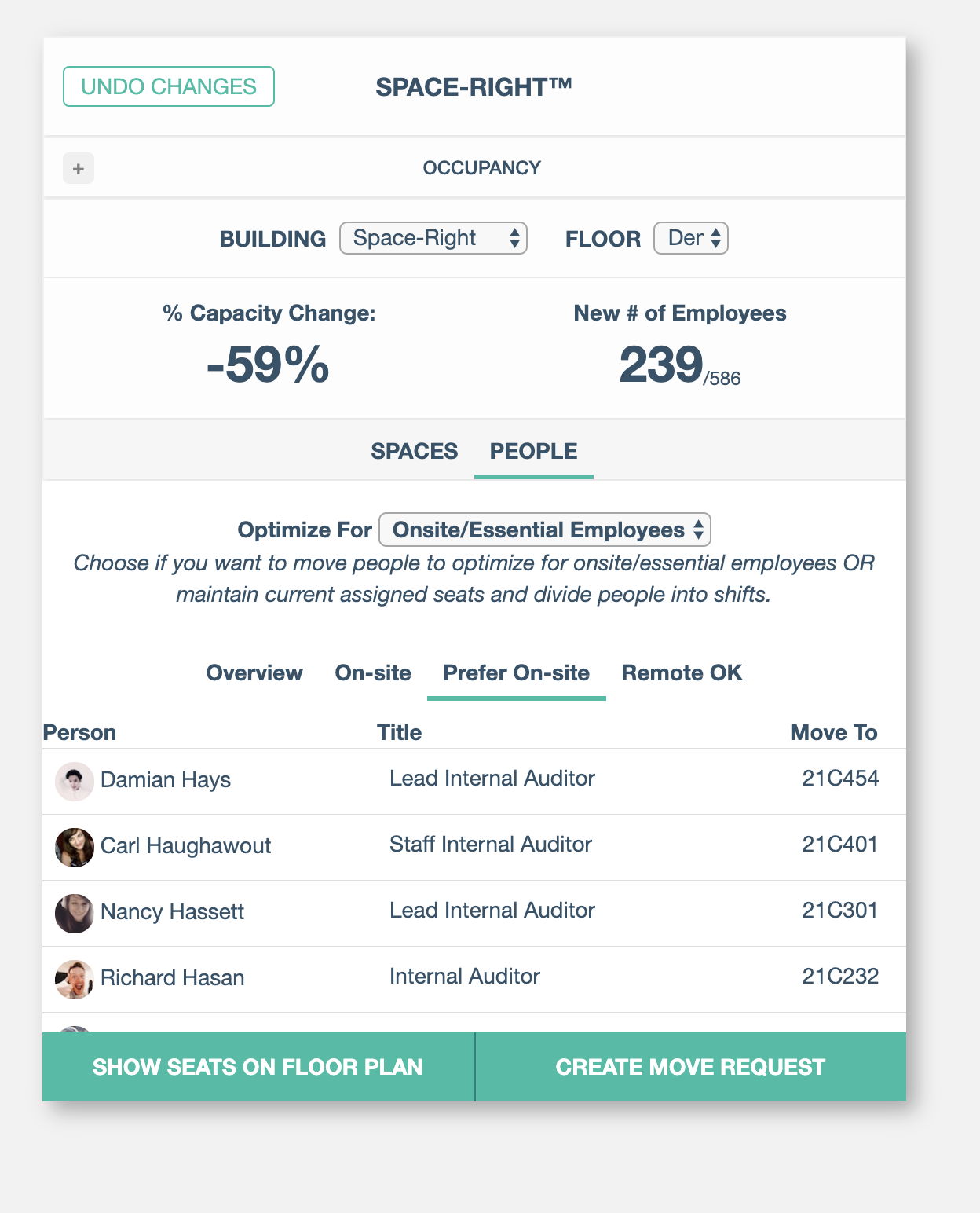How To Manage Capacity And Return To Work In Phases


As many parts of the world begin to see a decline in new cases of the novel coronavirus, business leaders are literally writing the book on what a safe return to work looks like.
Lear Corporation was among the first, publishing an 84-page “Safe Work Playbook” that covers everything from disinfecting procedures to staggering shifts and lunch breaks.
Others quickly followed, including Ford Motor Company and the Workspace Operator Readiness Council, a group of 15 global workspace providers serving 120 countries.
Two common themes of these return-to-work playbooks are limiting capacity and returning to work in phases. Here’s a closer look at how other organizations are handling this and how to develop your own.
The Case For Limiting Capacity
For many workplaces in the U.S., following guidelines set forth by the Centers for Disease Control (CDC) for physical distancing means operating at reduced capacity. Depending on your workplace design, that might mean reducing office density by as much as half.
Returning to work in phases allows your organization to maintain productivity while minimizing the spread of COVID-19 by keeping employees farther apart. In the first two phases of its three-phase guidelines for reopening America, the U.S. government recommends employers continue to allow remote work when possible and return to work in phases
The first phase of the plan calls for individuals to avoid gathering in groups of 10 or more, while the second phase recommends avoiding gathering in groups of 50 or more.
Both scenarios include limiting capacity in the workplace.
How To Plan A Safe Return To Work In Phases
While the specifics of your company’s return-to-work playbook will vary based on your industry and needs, there are some overall recommendations you can follow.
Reconfigure Your Floor Plan For Safe Distancing
The first step of your return-to-work plan should be to reconfigure your floor plan to ensure a safe distance between desks and workstations.
Our new Space-Right™ tool makes this part simple. Using this feature within our space management software, you can set parameters based on the amount of distance you want between available spaces. A smart algorithm automatically generates new, safer scenarios for you.

Within our space management software, you can easily see how many employees can be on a single floor at one time. The new scenarios will also flag any spaces that need to be recategorized, such as small conference rooms or large, open spaces where it may be difficult to maintain a safe distance.
Assign Employees To Groups
There are several ways to return employees to work in phases.
You can ask employees to return by job function based on which departments need to collaborate with each other in person most often. For instance, if you’re preparing to bring a new product to market, you’ll likely need your designers and developers to work collaboratively.
You can also group employees based on location. If you have offices in multiple parts of the country or multiple states, they might all reopen at different times.
Even within a single office, you likely have some employees who work remotely more frequently than others. Some may be entirely remote, while others plan to work remotely about half the time. If you plan to reassign seats based on these criteria, you may need to survey employees to determine how often they plan to be in the office when it reopens.
Another option is to simply assign them to groups at random. You can ask Group A to work in the office on Mondays and Wednesdays, and Group B to come in on Tuesdays and Thursdays.

Reassign Seats
If you are dividing employees into shifts, you may be able to keep your current seat assignments. If you are returning employees to work by function or location, you may need to adjust seating arrangements.
Fortunately, Space-Right makes this just as easy. The algorithm will automatically reassign on-site employees to fit within your new floor plans.
Create Move Tickets
Moving desks and people is usually the most challenging part of reconfiguring your workplace. Fortunately, with our new tool, even that part is automated.
Once you have selected a new floor plan and seat assignments, you can put them into action using our move management software. Simply select a group of employees and create a move ticket for them. Your facility management team will then receive a notification of all tasks related to the move.

Other Considerations For Returning To Work
If your workplace is unable to maintain recommended distancing between employees, you may need to consider other alternatives, such as adding physical barriers or requiring employees to wear masks.
Depending on the nature of your business, your plan for returning to work may need to include other elements to protect employees.
Here are just a few common questions to consider:
How will you maintain a safe distance during shift changes and breaks?
The Lear Safe Work Playbook offers detailed recommendations, including:
- Posting signs with designated entrances and exits
- Staggering start times and breaks for sites with a large number of employees
- Asking employees to remain in their car until their scheduled start time
- Having a security guard stationed near doors
Do you need to implement health screening procedures?
Based on guidance from the CDC, some employers have started health screenings, which may include checking employees’ and visitors’ temperatures or asking them for verbal or written confirmation that they are not exhibiting symptoms of COVID-19.
Make sure your health screening procedures include protocol for responding to an employee who is found to have symptoms while maintaining confidentiality and complying with any applicable legal rules.
Another option is to ask employees to self-screen at home each day and avoid coming to work if they have symptoms.
How will you keep your workplace clean?
Ford’s return-to-work playbook includes a detailed checklist of essential cleaning supplies the company plans to keep on hand at all times. It also lists daily cleaning activities and a process for documenting.
Daily cleaning activities include disinfecting all shared surfaces, including:
- Doors
- Handrails
- Restrooms
- Desks and tables
- Drinking fountains
- Lockers
- Workstations
- Break areas
While there are no universal answers, having the right technology can make planning for the return to the workplace easier. To learn more about how our new Space-Right safe distancing tool can help you return to work in phases, request a live demo today.